Inside the world of Tapio Wirkkala, the designer who created masterpieces in remotest Lapland
The Finnish artist set up shop in an Arctic outpost without electricity or running water; the work that he created there is now on display at a retrospective in Japan
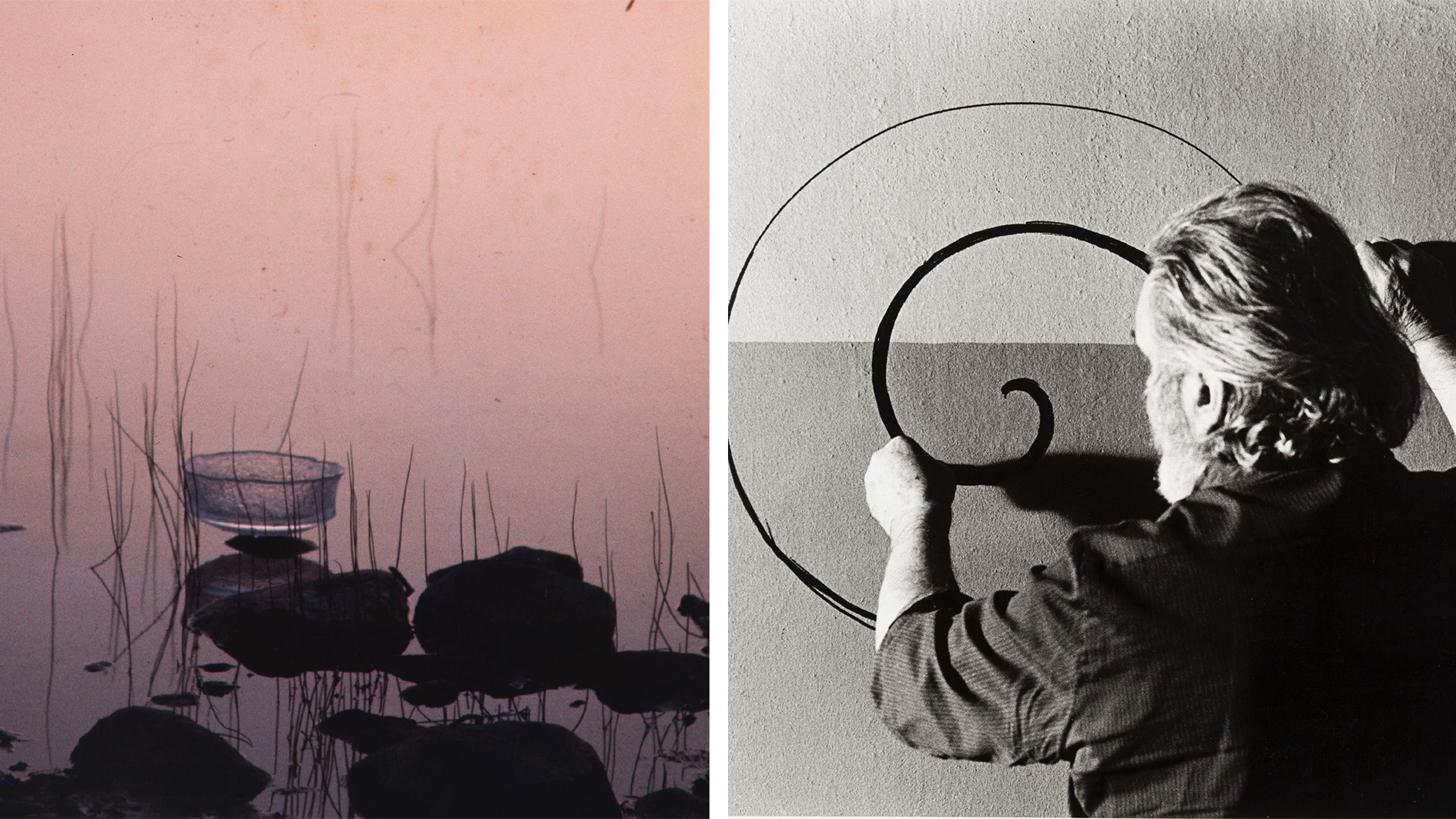
The Tokyo Station Gallery in Japan is marking 110 years since the birth of Tapio Wirkkala with a retrospective exhibition. ‘The Sculptor of Ultima Thule’, now showing, wanders the whimsical world of the Finnish designer and sculptor, who chronicled the landscapes of Lapland through design.
Born in 1915, Wirkkala worked with Finnish glass artisan Iittala before founding his own studio in 1966. His work was diverse, using materials and mediums ranging from postage stamps to urban environments. Wirkkala is best known for his plywood sculptures; in 1967, he created one called Ultima Thule, which, he said, symbolised the edge of the known world.
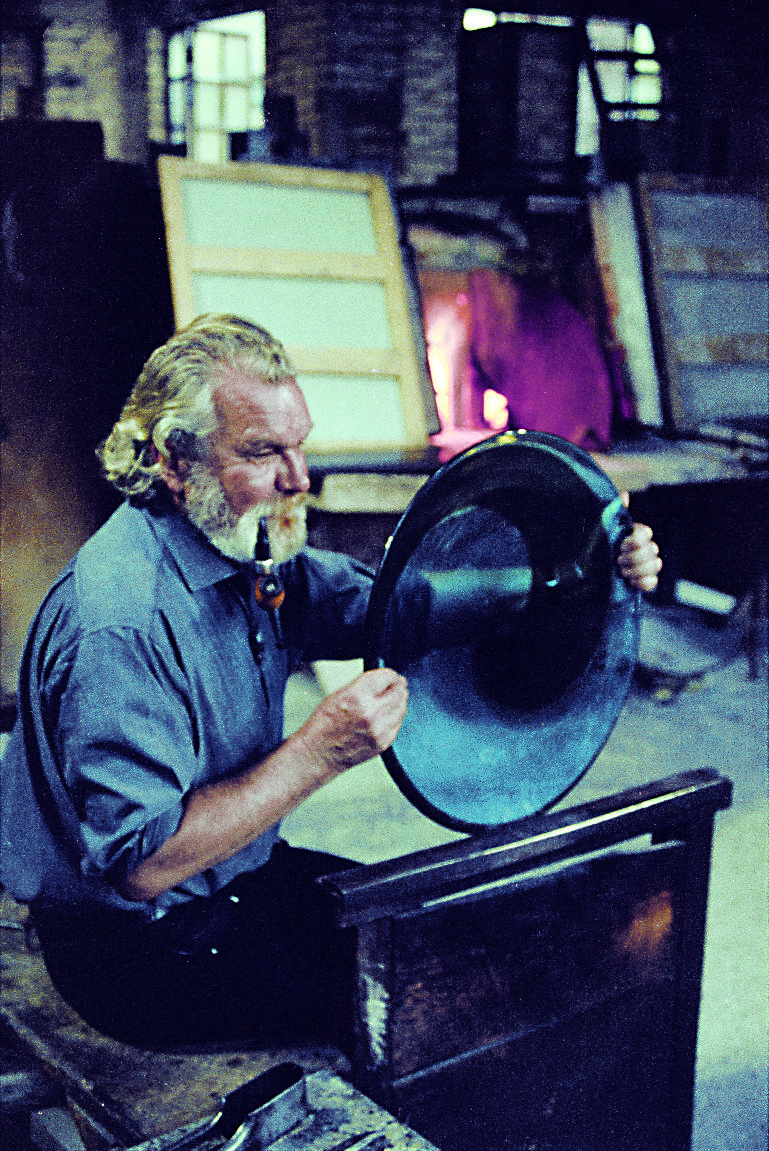
Tapio Wirkkala
This was a preoccupation of the artist’s, and one that led him to the furthest reaches of northern Finland: without going to see it first, he bought a plot of land in Lemmensuu in the Sápmi region of Lapland, which became his family retreat, as well as a constant source of inspiration. In 1972, in design magazine Domus, Wirkkala said the following of Lapland: ‘Many are the paths of silence. Paths in the silver forest. They are reindeer paths that never lead anywhere. They weave in and out among fallen trees, trees which no one will ever raise, or end the banks of a lake. The waters and hills have no direction, they are infinite.’
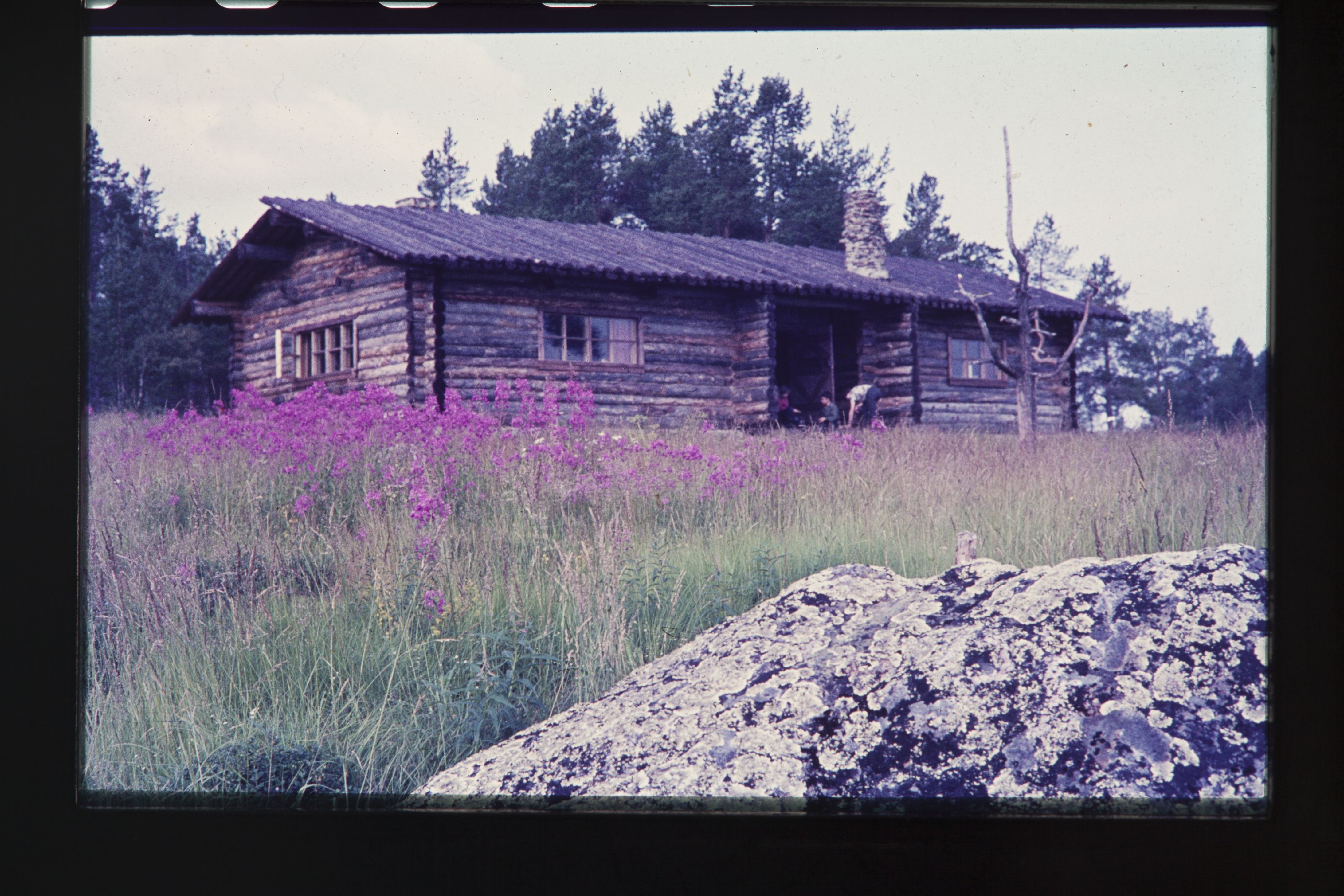
Archive image of Wirkkala's Lapland retreat
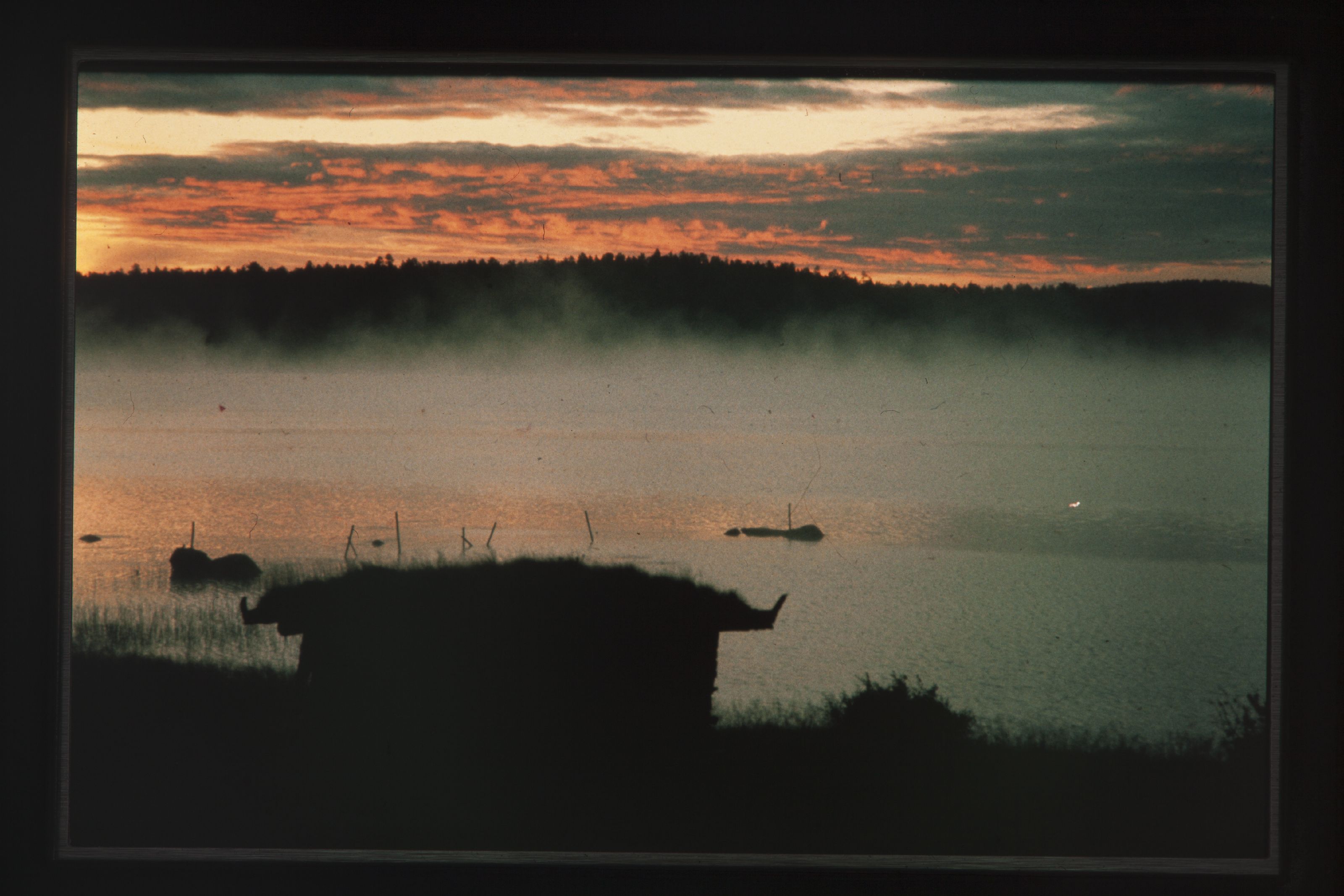
The natural surroundings
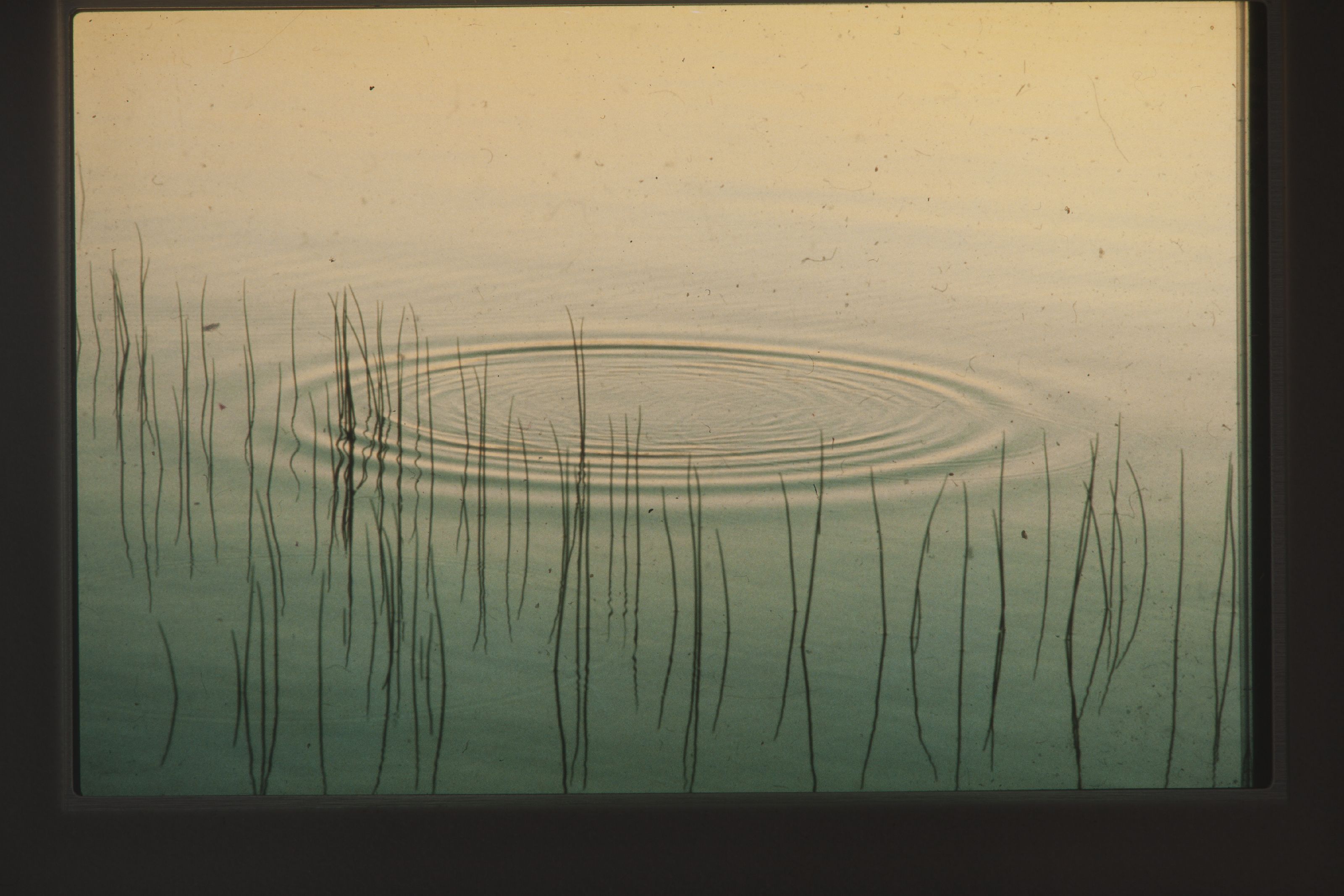
The Sápmi plot is an old farm dating back to when the indigenous Sámi established their first permanent residences, populated by traditional timber buildings. To this day, it lacks basic amenities such as roads, running water and electricity; Wirkkala had to transport materials by reindeer.
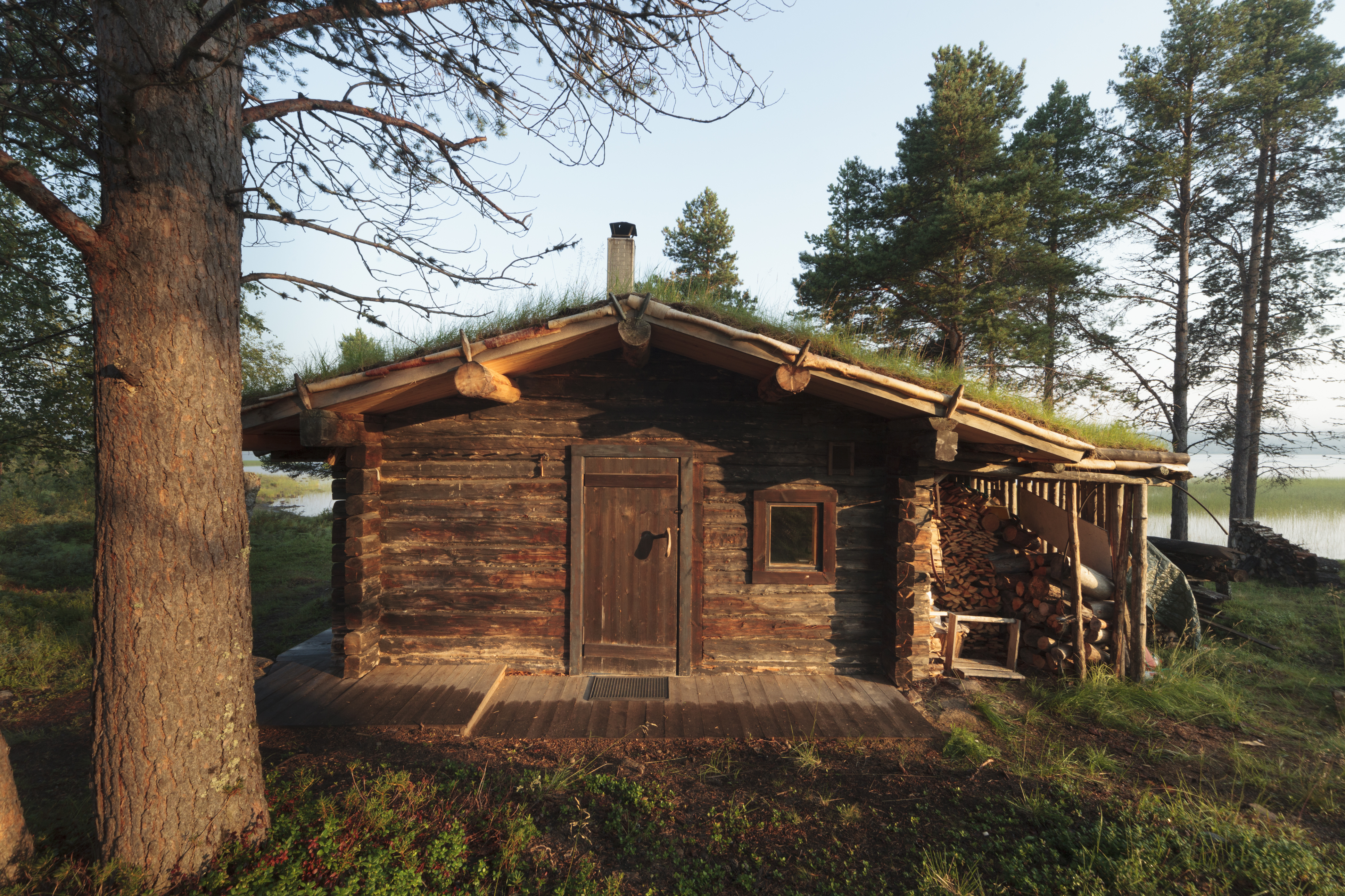
Wirkkala's Lapland retreat today
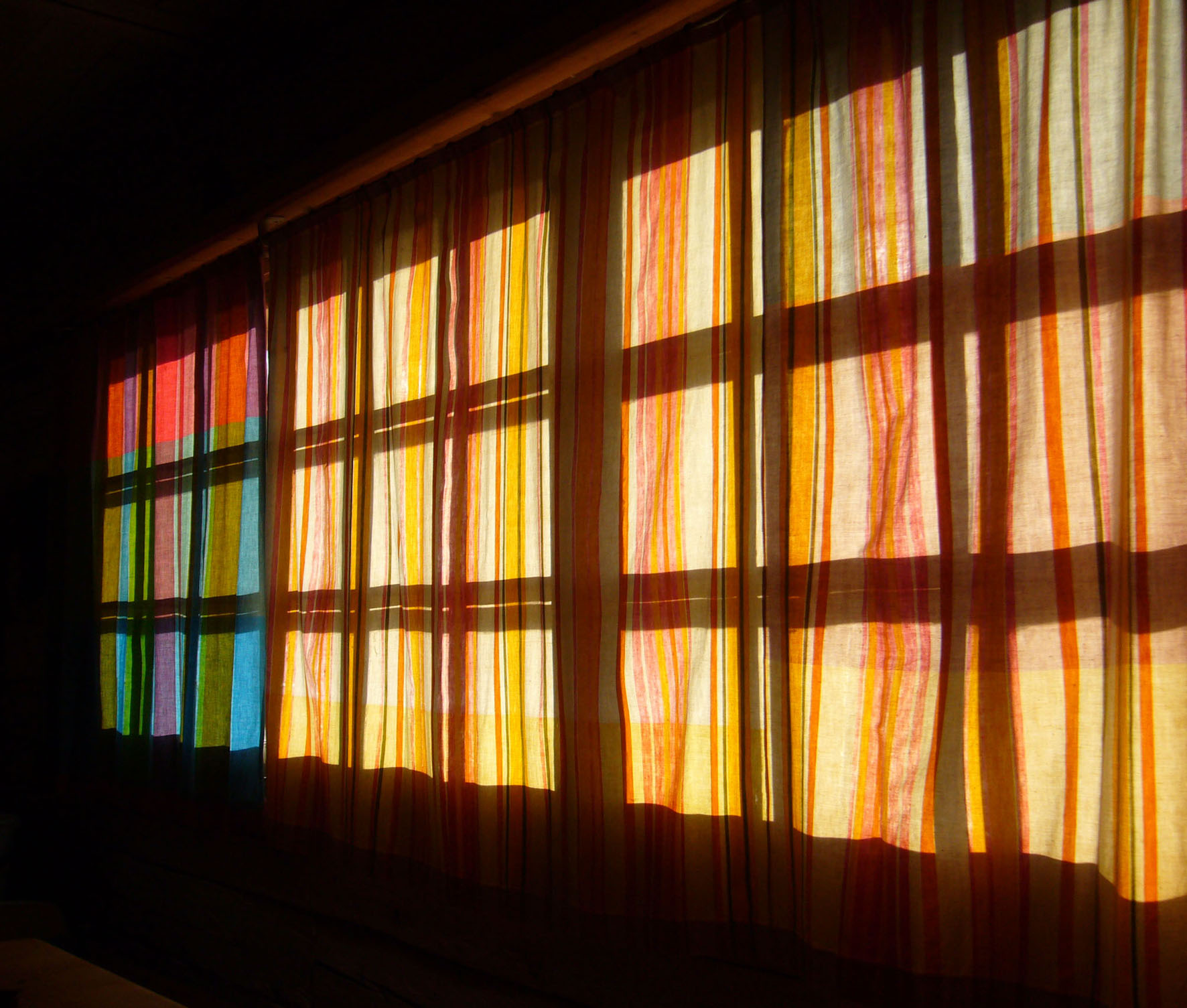
Inside one of the timber buildings on the plot
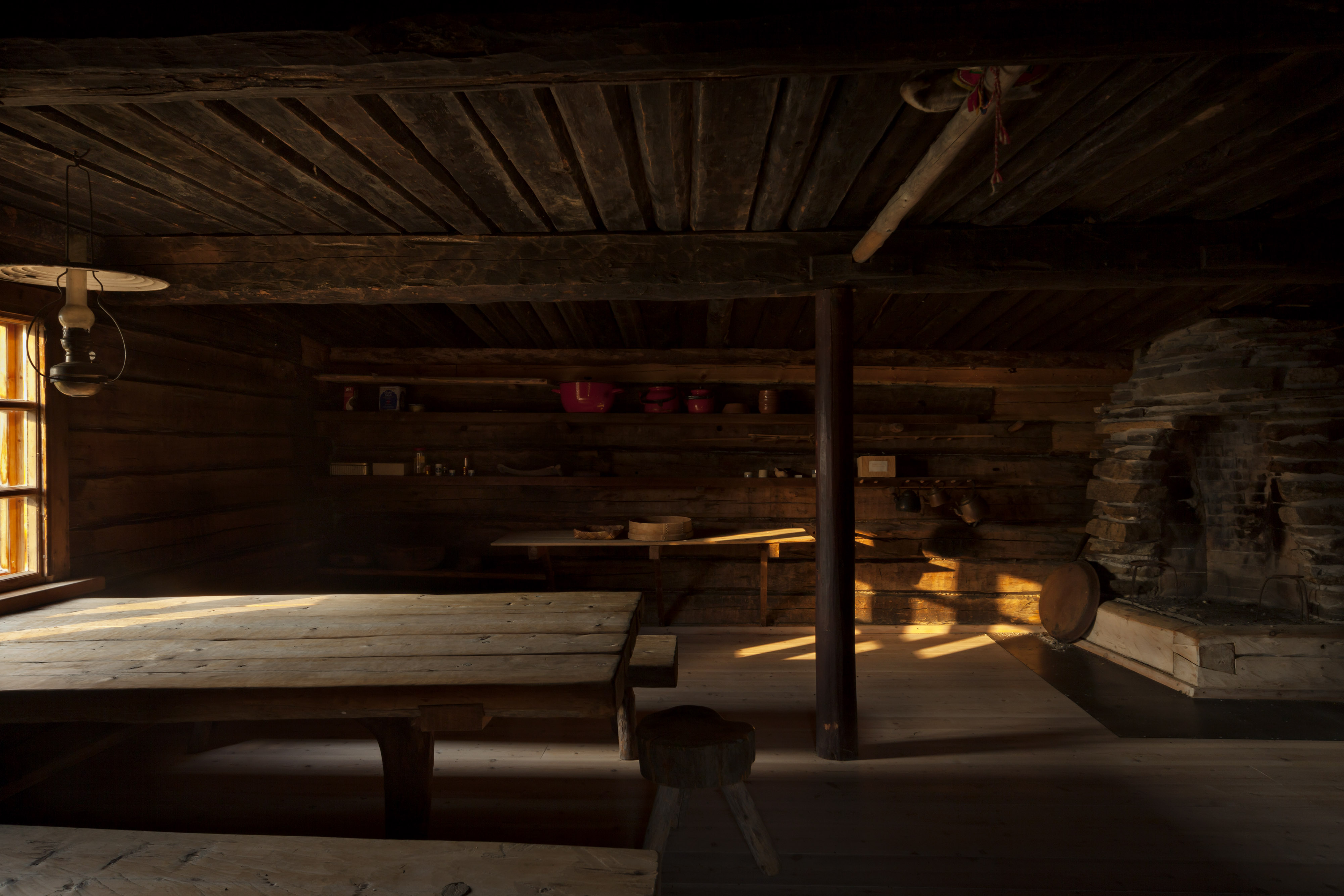
The simple interior
‘The Sculptor of Ultima Thule’ traces the life led by Wirkkala and his wife, ceramic artist Rut Bryk, in Finnish Lapland. It was simple, with days spent fishing, fetching water, chopping wood and, of course, working. During the summer, when the sun set only for a few hours, Wirkkala could design day and night. ‘Tapio was constantly drawing and sculpting wooden models with his knife,’ his daughter, Maaria, who is also an artist and still spends time at Lemmensuu, recalls. ‘The test versions of the new glass design or other products would arrive by post, transported by boat across the lake from collaborators all over the world, to be checked and redeveloped.’
Wirkkala drew inspiration from Lapland’s nature, especially the changes that came with the seasons: among his most famous creations were glasswork series that resembled snow and ice. His iconic series, also called Ultima Thule, which was initially designed for Finnair, appears as if made of melting ice.
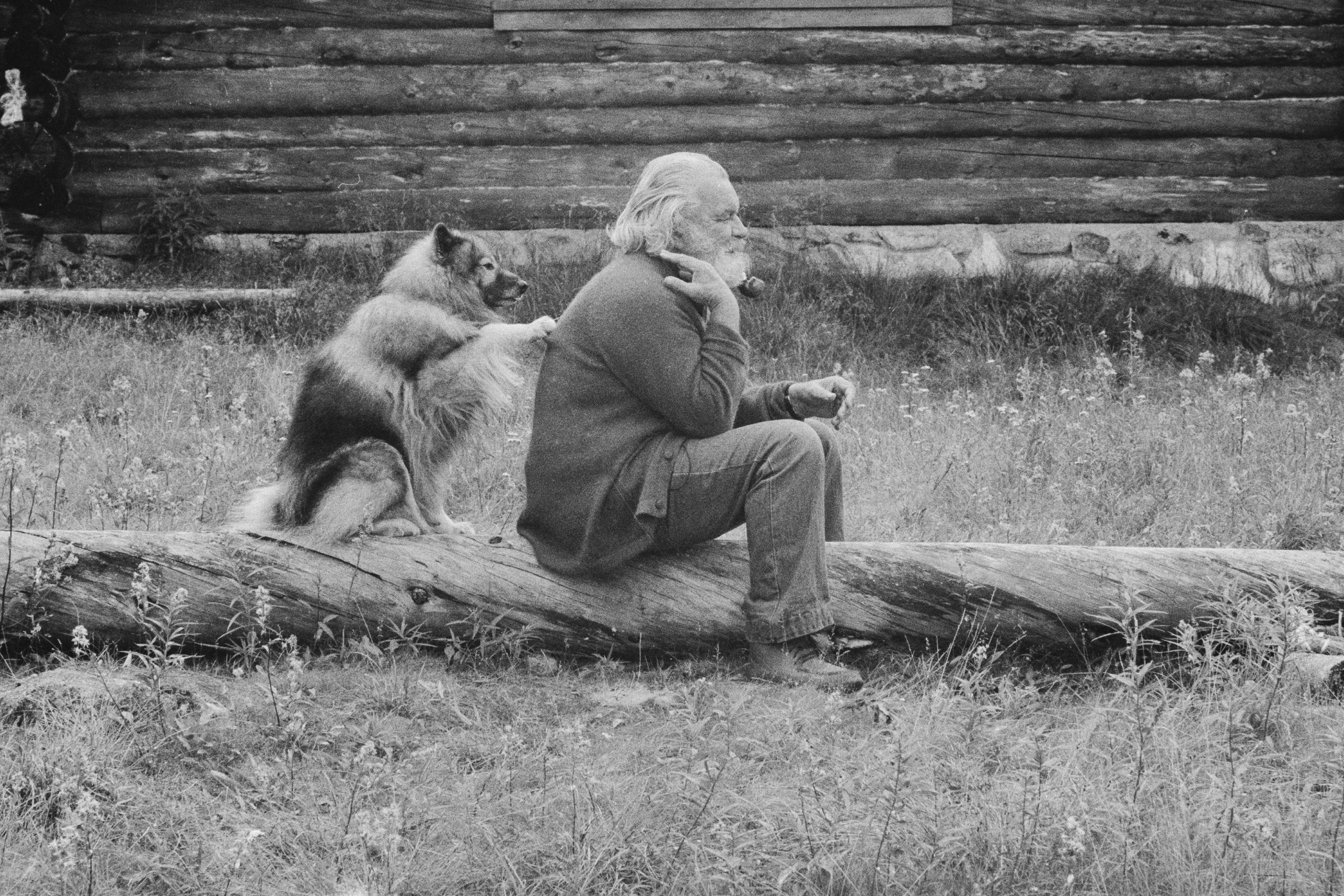
Tapio Wirkkala
Wirkkala died in 1985. The Tapio Wirkkala Rut Bryk Foundation was established in 2003, with its collection now housed at the Espoo Museum of Modern Art (EMMA) in southern Finland. ‘The Sculptor of Ultima Thule’ is produced in collaboration with EMMA, and showcases more than 300 of the artist’s works, including glass pieces, sculptures, sketches and archive materials. The retrospective is a love letter to Lapland – a place that, Wirkkala said, ‘[loaded him] like batteries’ and was ‘like a rope [he could] grasp when [he felt] sinking’.
Wallpaper* Newsletter
Receive our daily digest of inspiration, escapism and design stories from around the world direct to your inbox.
‘The Sculptor of Ultima Thule’ runs until 15 June 2025
ejrcf.or.jp
emmamuseum.fi
Anna Solomon is Wallpaper*’s Digital Staff Writer, working across all of Wallpaper.com’s core pillars, with special interests in interiors and fashion. Before joining the team in 2025, she was Senior Editor at Luxury London Magazine and Luxurylondon.co.uk, where she wrote about all things lifestyle and interviewed tastemakers such as Jimmy Choo, Michael Kors, Priya Ahluwalia, Zandra Rhodes and Ellen von Unwerth.
-
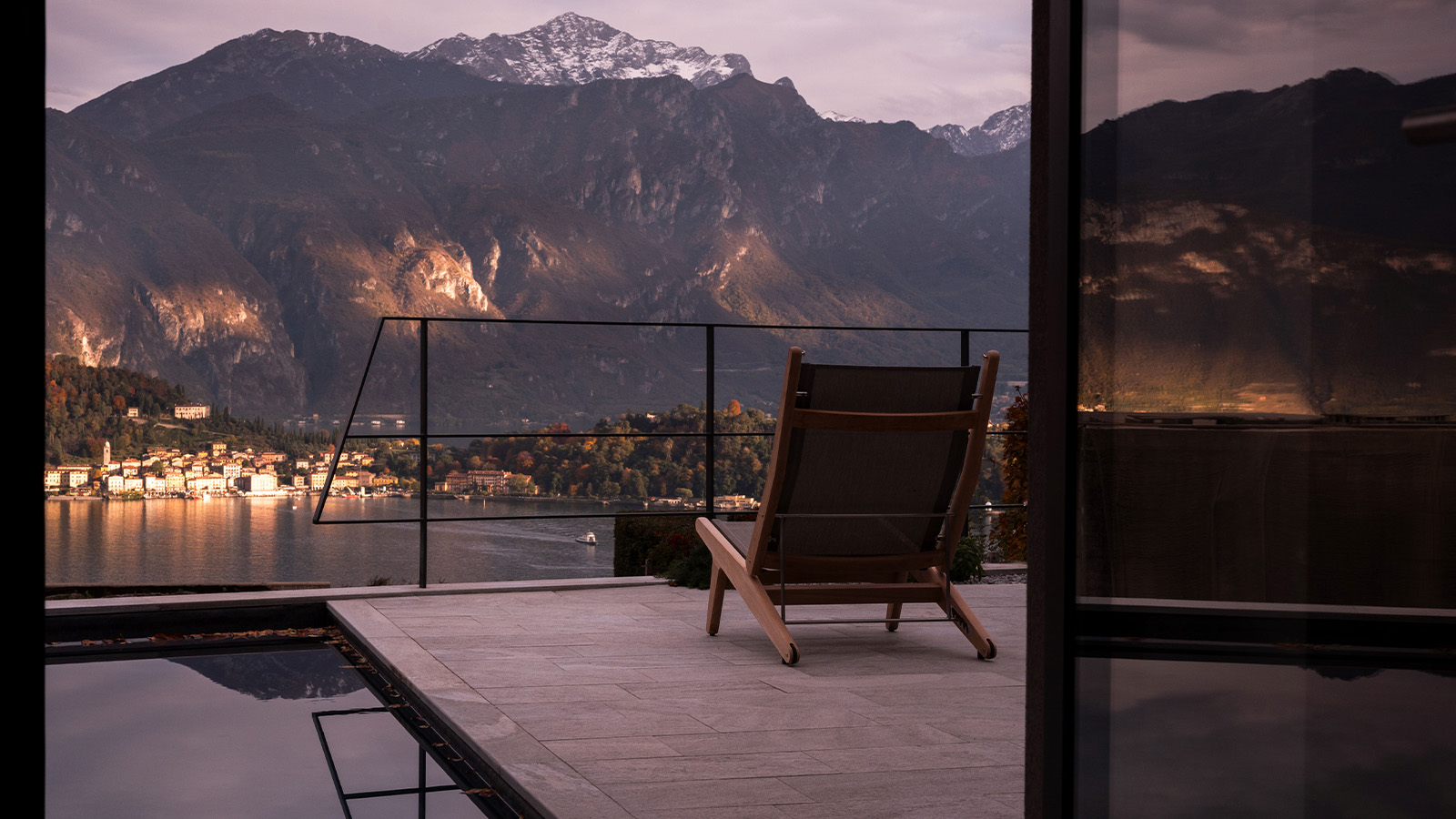 Explore this new Lake Como villa and its powerful, cinematic views
Explore this new Lake Como villa and its powerful, cinematic viewsA Lake Como villa by Tuckey Design Studio celebrates the history of its site and references the surrounding landscape through materiality
By Tianna Williams
-
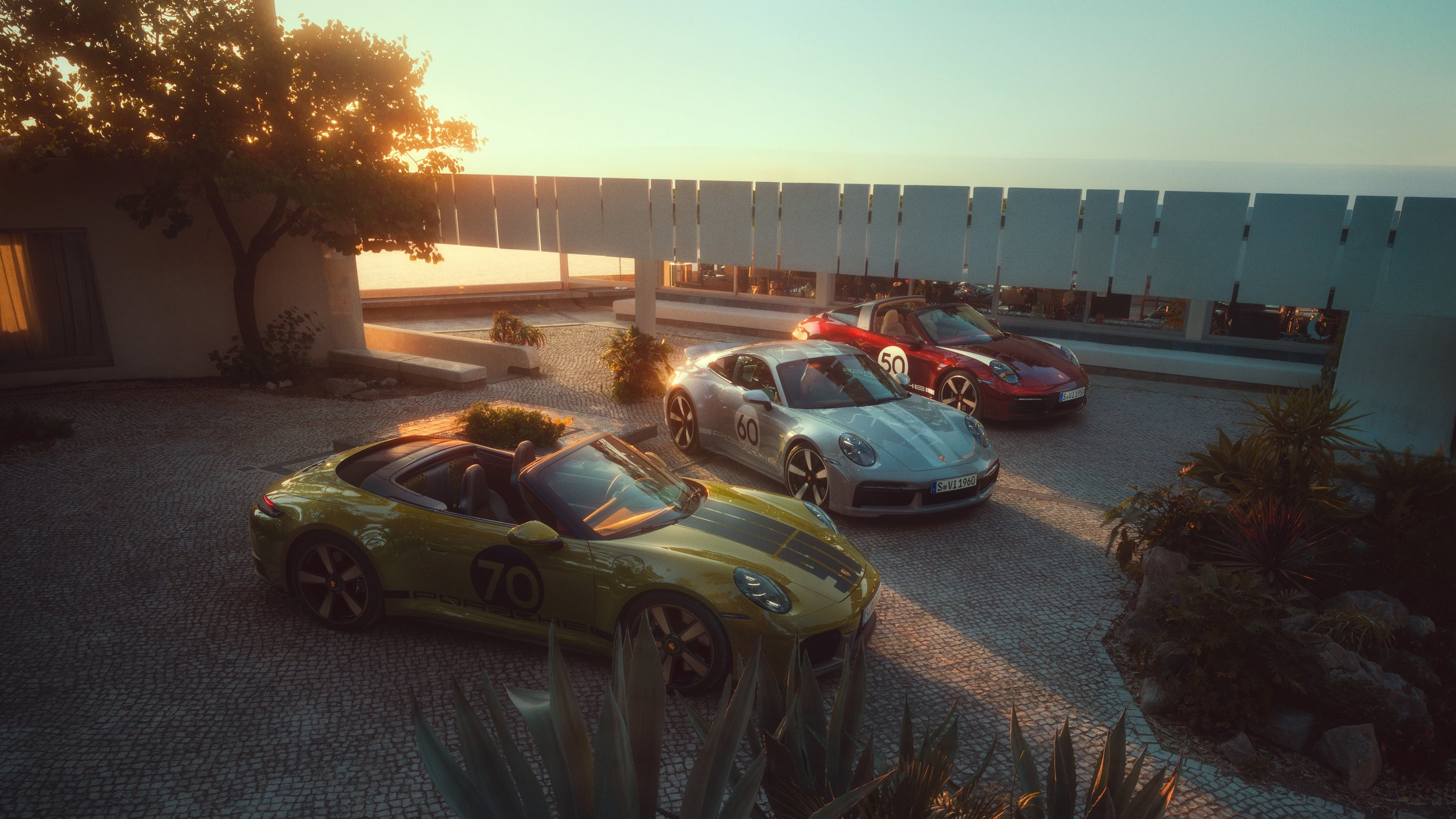 The Porsche 911 Spirit 70 harks back to the aesthetic and ethos of the 1970s
The Porsche 911 Spirit 70 harks back to the aesthetic and ethos of the 1970sAs part of Porsche’s Heritage Design strategy, the company has launched a new special edition, the Porsche 911 Spirit 70 convertible
By Jonathan Bell
-
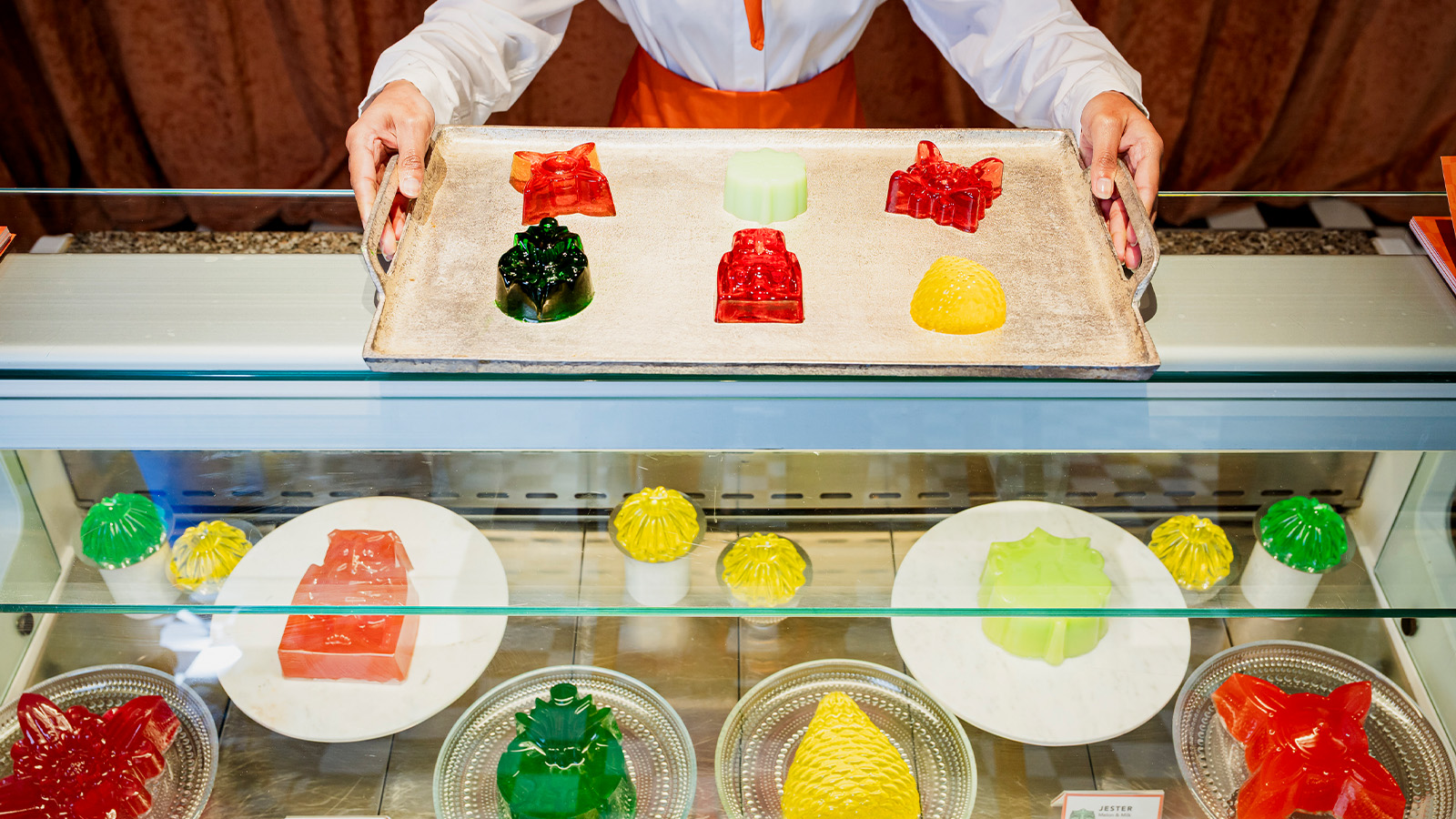 At the Regent Street Sensorium, architectural jelly sculptures are designed to ignite the senses
At the Regent Street Sensorium, architectural jelly sculptures are designed to ignite the sensesDelve into the history of London’s Regent Street through a jellyscape, a fragrance cloud and more – plus, for the event’s final week, two new immersive workshops (ends 27 April)
By Tianna Williams
-
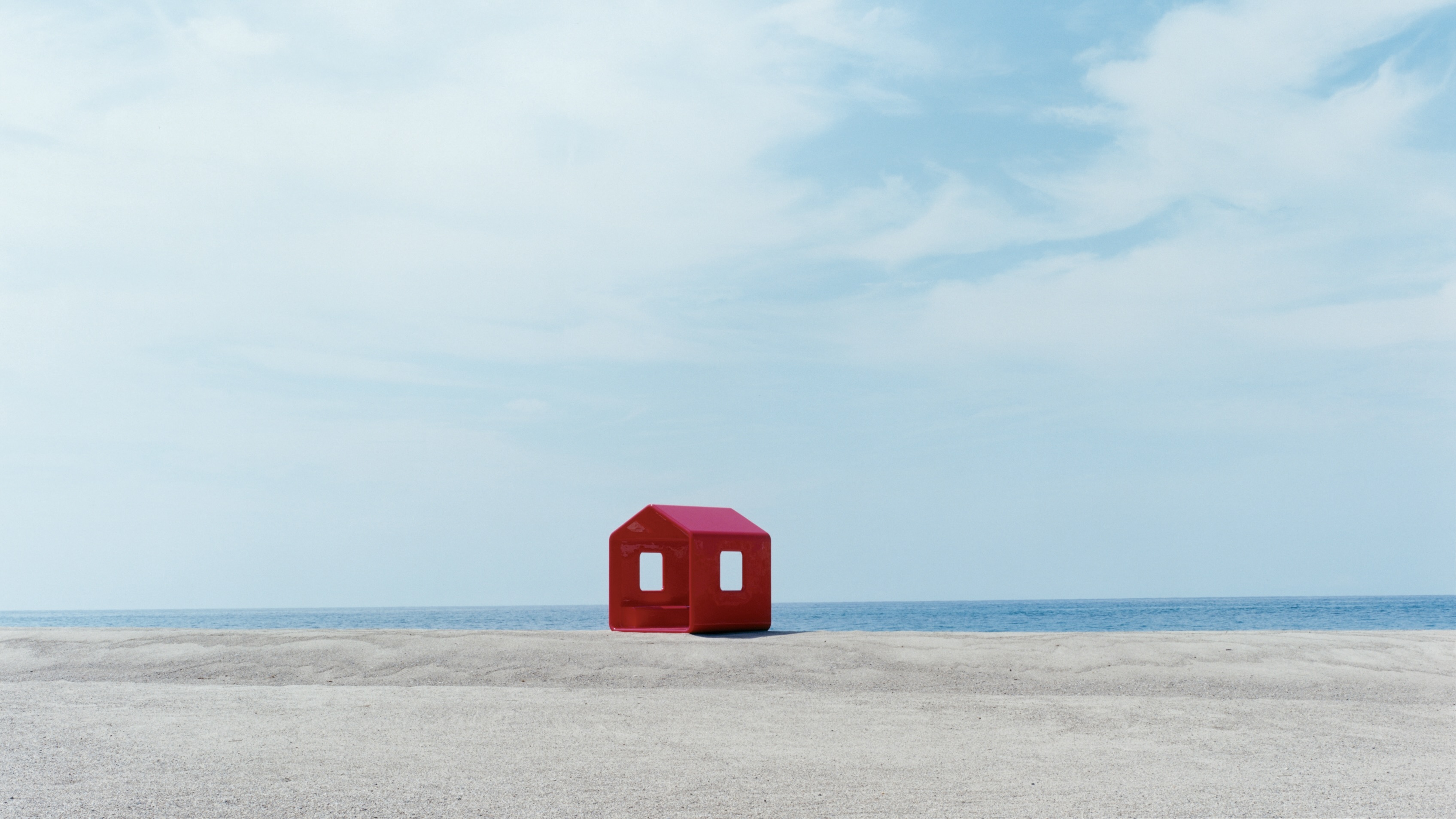 Naoto Fukasawa sparks children’s imaginations with play sculptures
Naoto Fukasawa sparks children’s imaginations with play sculpturesThe Japanese designer creates an intuitive series of bold play sculptures, designed to spark children’s desire to play without thinking
By Danielle Demetriou
-
 Remembering Yrjö Kukkapuro, Finnish grand master of design (1933-2025)
Remembering Yrjö Kukkapuro, Finnish grand master of design (1933-2025)Almost everyone in Finland has sat in a chair by designer Yrjö Kukkapuro, writes Wallpaper’s Emma O'Kelly, who met him at his studio in 2020 and here pays tribute to a design legend
By Emma O'Kelly
-
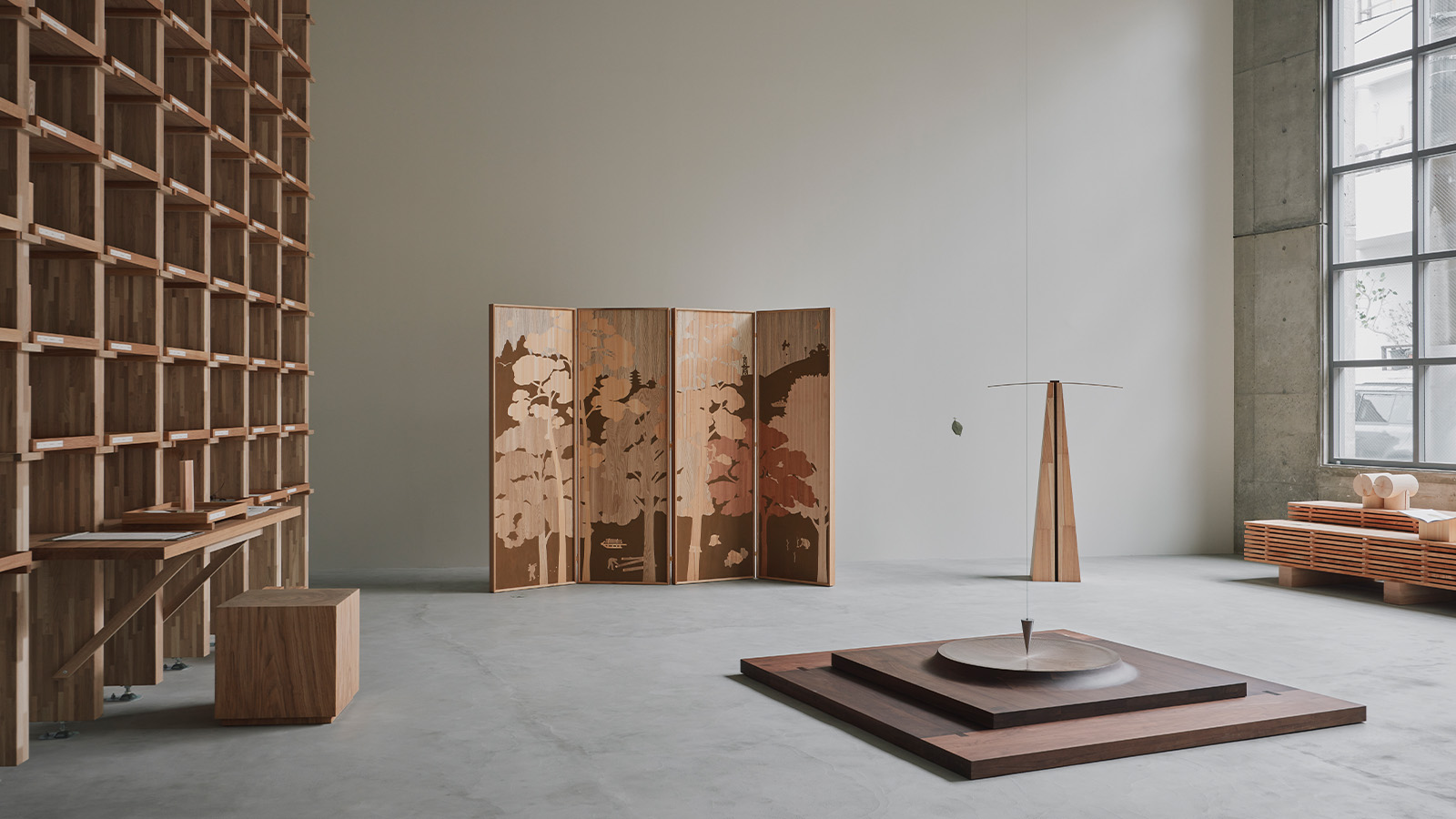 Time, beauty, history – all are written into trees in Karimoku Research Center's debut Tokyo exhibition
Time, beauty, history – all are written into trees in Karimoku Research Center's debut Tokyo exhibitionThe layered world of forests – and their evolving relationship with humans – is excavated and reimagined in 'The Age of Wood', a Tokyo exhibition at Karimoku Research Center
By Danielle Demetriou
-
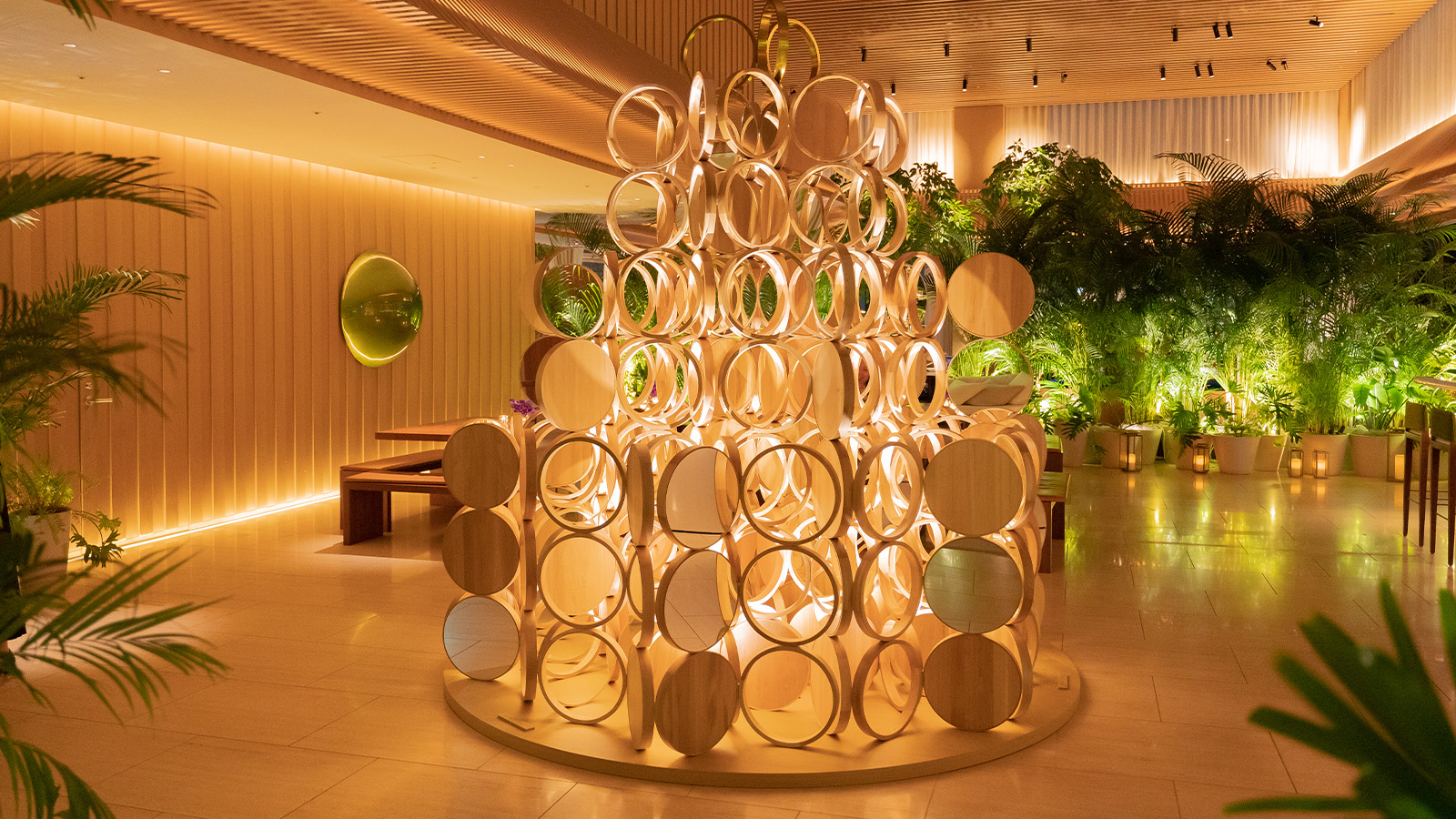 Minimal curves and skilled lines are the focal point of Kengo Kuma's Christmas trees
Minimal curves and skilled lines are the focal point of Kengo Kuma's Christmas treesKengo Kuma unveiled his two Christmas trees, each carefully designed to harmonise with their settings in two hotels he also designed: The Tokyo Edition, Toranomon and The Tokyo Edition, Ginza
By Danielle Demetriou
-
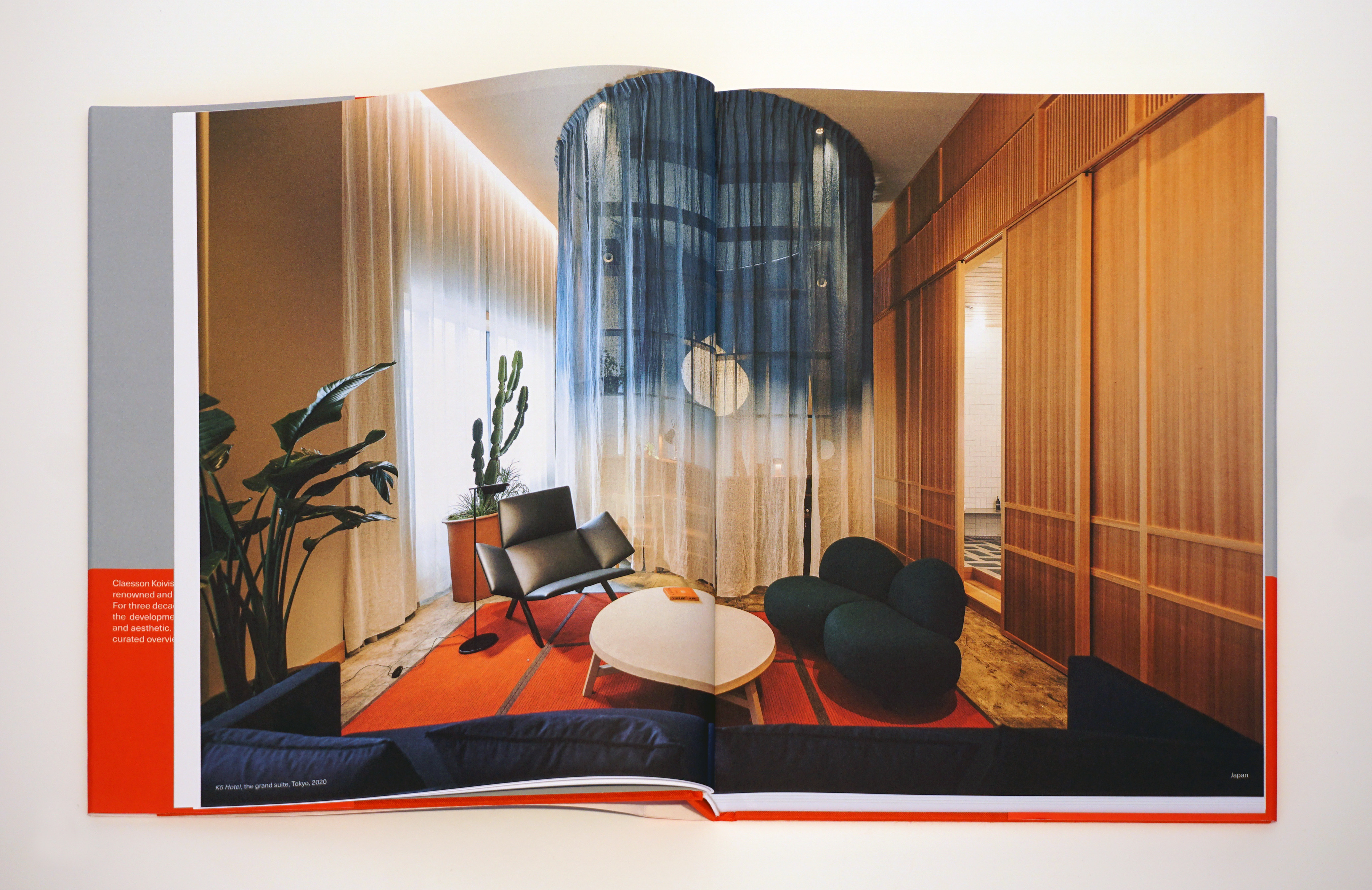 Claesson Koivisto Rune on 30 years of their often Japan-inspired designs, charted in a new book
Claesson Koivisto Rune on 30 years of their often Japan-inspired designs, charted in a new book‘Claesson Koivisto Rune: In Transit’ is a ‘round-the-world journey’ into the Swedish studio's projects. Here, the founders tell Wallpaper* about their fascination with Japan, and the concept of aimai
By Danielle Demetriou
-
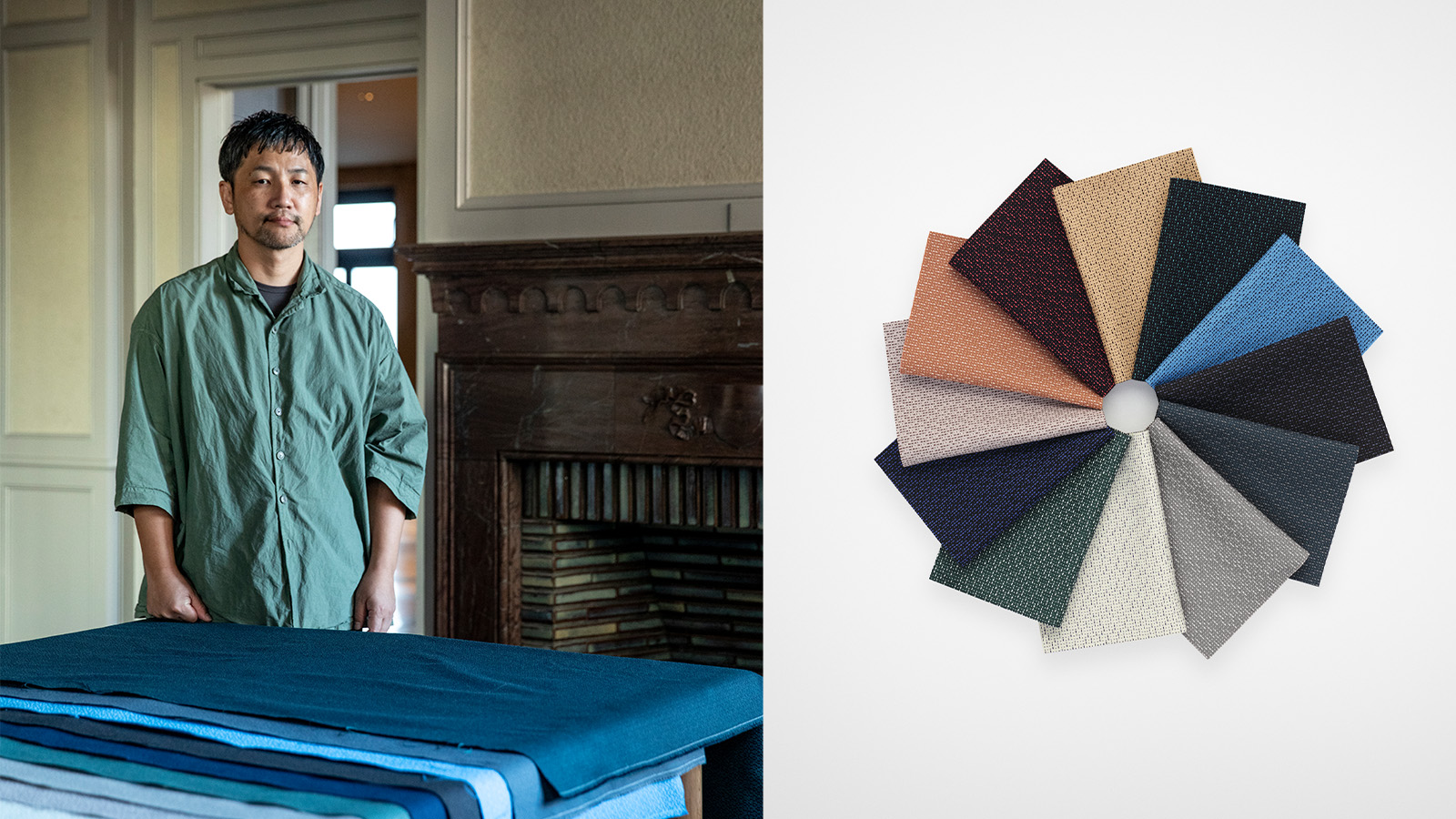 Teruhiro Yanagihara's new textile for Kvadrat boasts a rhythmic design reimagining Japanese handsewing techniques
Teruhiro Yanagihara's new textile for Kvadrat boasts a rhythmic design reimagining Japanese handsewing techniques‘Ame’ designed by Teruhiro Yanagihara for Danish brand Kvadrat is its first ‘textile-to-textile’ product, made entirely of polyester recycled from fabric waste. The Japanese designer tells us more
By Danielle Demetriou
-
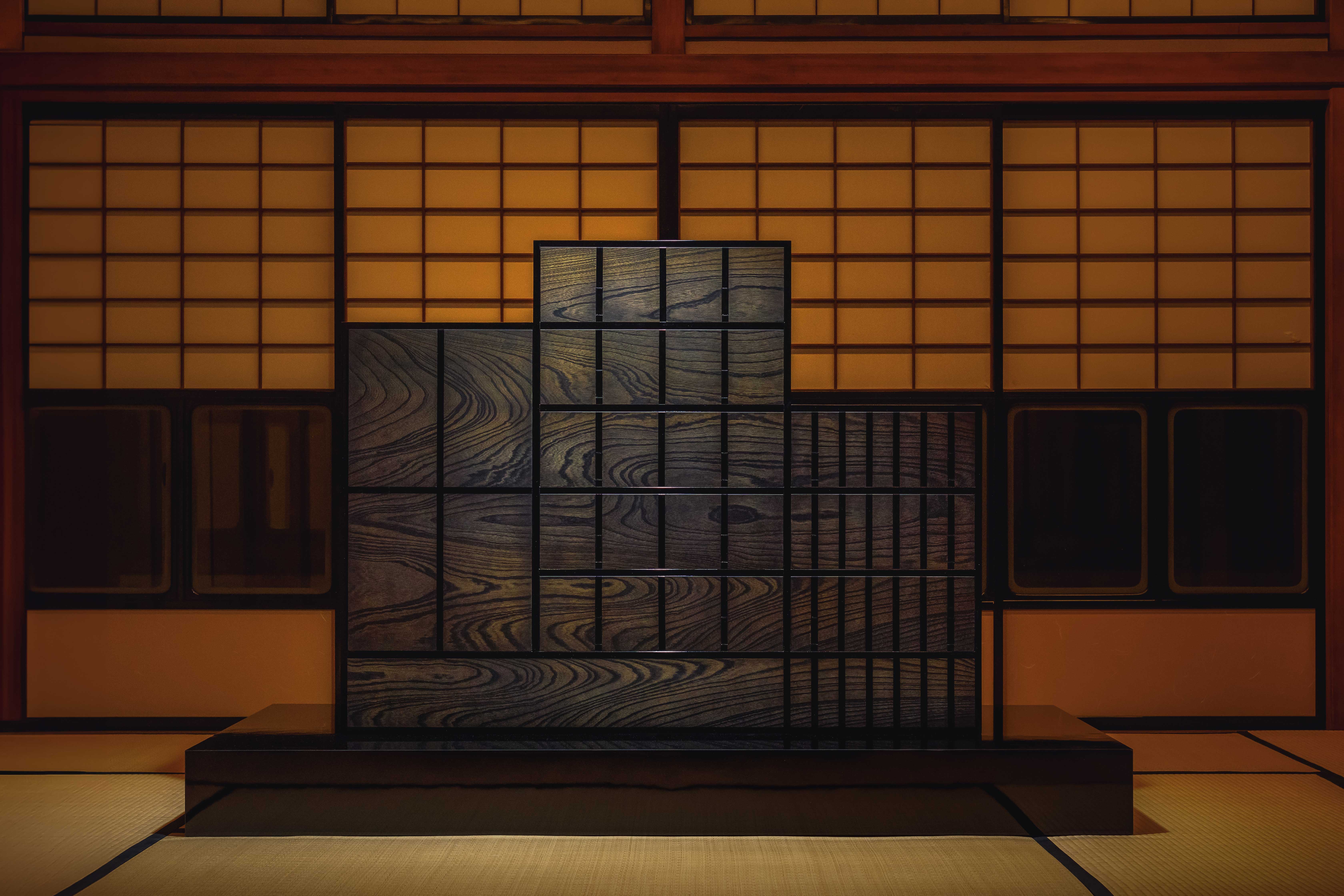 Craft x Tech elevates Japanese craftsmanship with progressive technology
Craft x Tech elevates Japanese craftsmanship with progressive technologyThe inaugural edition of Craft x Tech was presented in Tokyo this week, before making its first international stop at Design Miami Basel (11-16 June 2024)
By Danielle Demetriou
-
 Ikea meets Japan in this new pattern-filled collection
Ikea meets Japan in this new pattern-filled collectionNew Ikea Sötrönn collection by Japanese artist Hiroko Takahashi brings Japan and Scandinavia together in a pattern-filled, joyful range for the home
By Rosa Bertoli